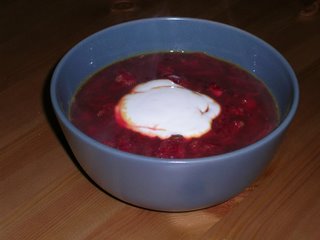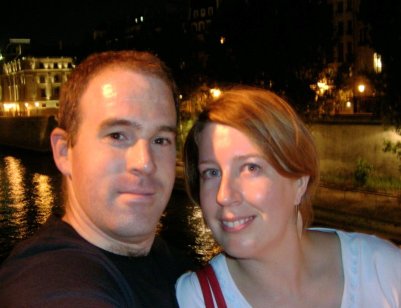The Reds are Coming!
One of the greatest soups in the world is the humble and often overlooked Russian Borscht, which is a rustic and hearty beetroot soup made with basic and cheap ingredients. There are as many recipes for Borscht as there are Russians, so pinning down a definitive example of the soup is impossible. Our best attempt is the recipe below!

Russian Borscht
1 tbsp Olive oil
1 onion, finely sliced
1 clove garlic, finely chopped
1 stick Celery, finely chopped
1 tsp caraway seeds
300g raw beetroot, peeled and coarsely grated
1 medium potato, peeled and diced
1 medium carrot, coarsely grated
150g cabbage, finely sliced
1.2 litres vegetable stock
2 tsp red wine vinegar
1 tsp Sugar
soured cream
salt and fresh ground black pepper
Heat the oil in a large pan and sweat the onion, garlic, celery and caraway seeds for about 2–3 minutes until softened but not coloured, then add the beetroot, potato, carrot and cabbage.
Pour the stock into the pan, season and bring to the boil, then reduce the heat and simmer, stirring occasionally, for about 45 minutes or until the vegetables are completely tender and the soup has thickened slightly.
Season the soup to taste, and then stir in the vinegar and sugar. Ladle the soup into serving bowls and garnish with a dollop of soured cream (this is very important). Serve immediately.
Serves 4

